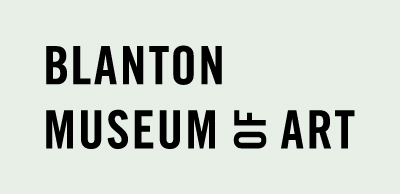Catavi
- exhibition BMA, Gallery, C7 - Susman Galleries
María Luisa Pacheco arrived in New York City in 1956, after receiving the first of three consecutive Fellowship Awards from the John Simon Guggenheim Memorial Foundation. It was in this city that she created her signature style, producing abstract paintings whose translucent tones, earthy colors and rich textures suggest the mountainous Andean landscape where she grew up. Pacheco builds the rich surface of her canvases with thick layers of oil paint applied with a knife or a trowel, capturing something of the ruggedness of the high-altitude terrain and the sharp quality of its light.
This work acquires a somber tone when one considers that the state-owned tin mine Catavi is the site of the worse massacre in Bolivian history. During the 1967 winter solstice festival, government troops attacked the mostly indigenous miners and their families to prevent them from joining the growing resistance to the military government, inspired by guerrilla fighter Che Guevara, operating in Bolivia at the time. By choosing Catavi as a title, Pacheco memorialized the tragedy.






![Sin título [Untitled]](/internal/media/dispatcher/15057/thumbnail)
![Valle [Valley]](/internal/media/dispatcher/15121/thumbnail)

![De cualquier manera [In Any Way]](/internal/media/dispatcher/20545/thumbnail)





![La educación de la Virgen María [The Education of the Virgin Mary]](/internal/media/dispatcher/14184/thumbnail)

